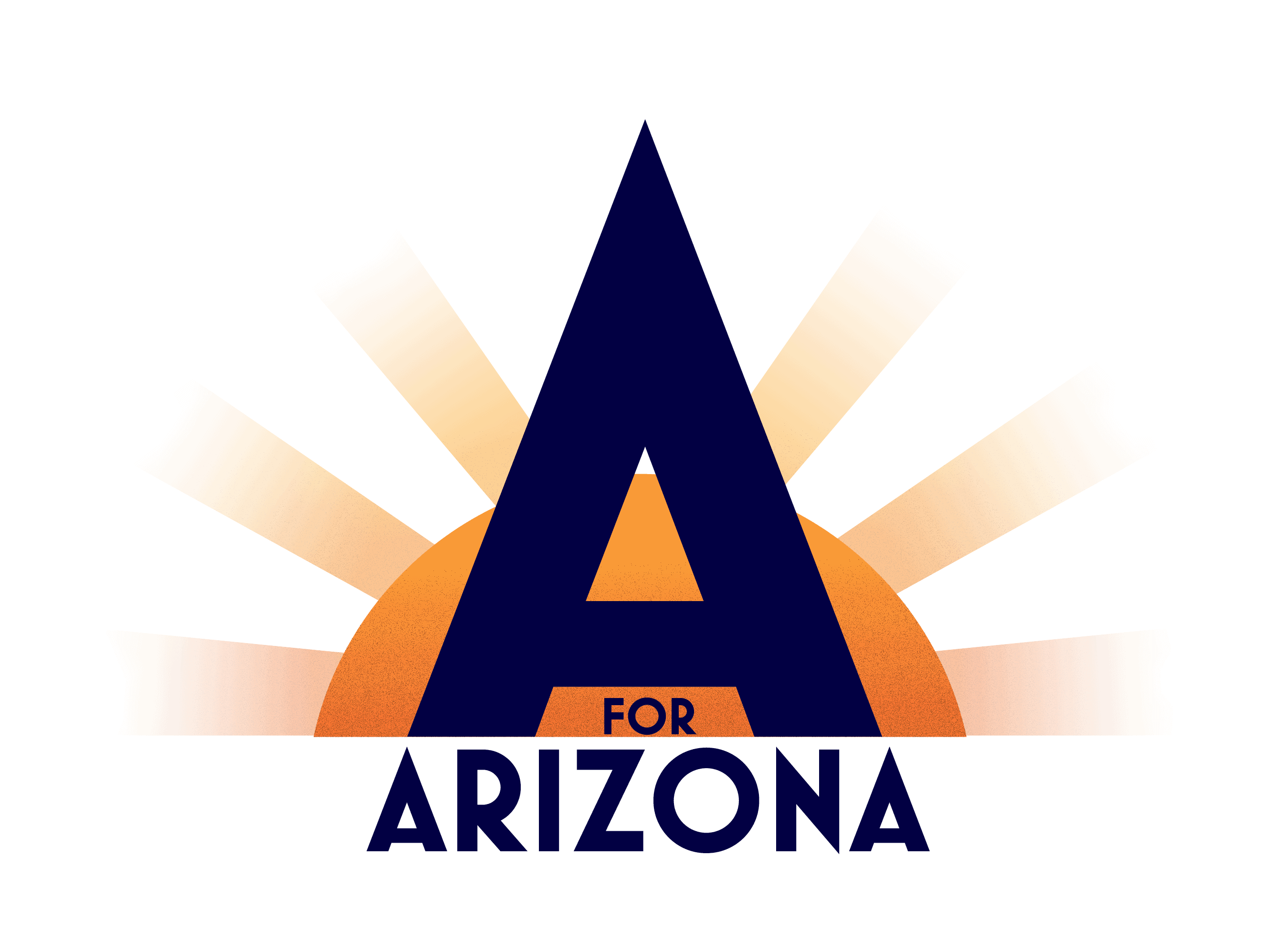In Arizona we are making more and more education funding decisions based on whether we can see a direct tie to improved student outcomes. We’re directing our money toward the places, people, and programs that are achieving clear results, and this is contributing to the rapidly improving education landscape in our state. Key to evaluating whether our investments are improving academic performance is having a clear picture of the local, state, and federal dollars directed to individual school sites, not just the broader district level.
Last month Arizona lawmakers wrapped up a legislative session in which they took important steps to bring additional transparency to school-level financial data through the passage of House Bill 2385.
In particular, beginning in FY ’21 a school’s report card must include how much of each student’s funding makes it to their individual school. Arizona’s state budget this year also included increased dollars per-pupil for our highest tier performing schools. These monies will also now be accounted for at the school level beginning in the upcoming school year.
This policy clarity will allow schools and their leaders to clearly see if investments into school-specific activities are achieving the right results.
Is money spent in the classroom measuring up to specific goals?
If not, leaders can be empowered to try something new to get a better outcome. Any good business operator would look at their investments in this way, and our schools should have this same agility. Continuous evaluation allows for continuous improvement and this is vital in both business and education.
States’ finances are limited, and most would agree transparency and clarity are key — particularly as they relate to mission critical investments in public education. National research shows that school-based budgeting empowers principals and results in improved outcomes for students. Four Arizona school districts are currently participating in a pilot program in partnership with Allovue around school-based budgeting. Their experiences are helping inform our state’s future practices in addition to transforming the way they look at classroom monies.
We get a lot more than just sunlight with school-based budgeting.
We get principals armed with knowledge to make smart decisions and students benefiting in higher achievement when dollars follow them into classrooms.
By managing resources in a smart way, we can better prioritize investments into great teachers, who are perhaps the most critical factor in student achievement.
We’re grateful Arizona stepped up this year to embrace school-level budget transparency. We hope this smart way of viewing school-site dollars continues to spread in other states to the benefit of all our kids.
When it comes to education finance, knowledge is power, and we want our school leaders to have more of it.
If you’d like to learn more about A for Arizona’s efforts to increase school-level financial transparency, please reach out.

